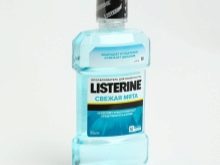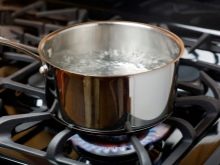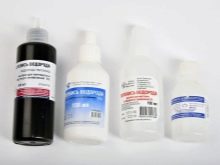How do I care for my toothbrush?
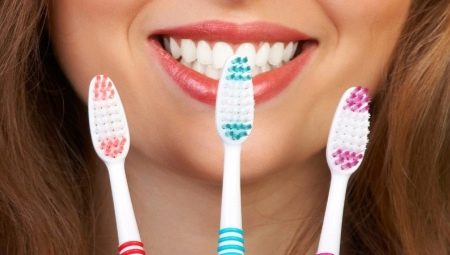
Today everyone knows that in order for teeth to remain beautiful and healthy, they need to be brushed twice a day: in the morning and in the evening, and in some cases more often. However, not everyone knows how to properly store and care for a toothbrush. This article will cover the care, storage, and disinfection of hand and power toothbrushes so that you don't waste time visiting the dentist on this matter.
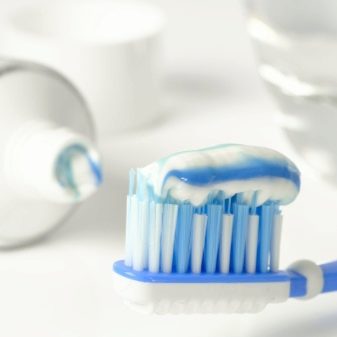
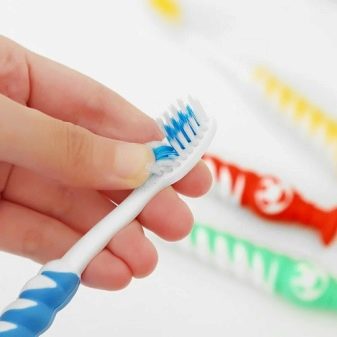
The need for care
To keep your teeth healthy, you need to maintain oral hygiene - this is the most important rule. And if items that ensure the cleanliness of the oral cavity are stored in an inappropriate way, then there is a risk of inflammation of the mucous membrane, and gum disease is not excluded. According to dentists, improper toothbrush care can lead to the formation of gingivitis, stomatitis and other troubles. After brushing, germs remain on the brush, which are brushed off the teeth, gums and tongue. In addition, bacteria from the environment settle on it.
Each time after brushing your teeth, you should rinse the brush well in running water to remove food particles that get stuck between the villi. After the pile, be sure to wipe it off with a dry napkin and send it to the storage location. Cleaning the brush is very important, many people skip this step. If you are on a trip or on frequent business trips, then the hygiene items are most likely in a special case. In this case, the brush must be constantly disinfected and often replaced with a new one. Do not forget that you can put the brush in the case only after you have completely dried it.
One hygiene item can be used no longer than 3 months. Longer use is not recommended by dentists, even if you constantly disinfect the brush. During this time, the villi are significantly deformed and soften, which will negatively affect the quality of brushing your teeth.
If you have a disease of the oral cavity, then after recovery, the brush must be replaced with a new one. Otherwise, re-infection can be provoked.
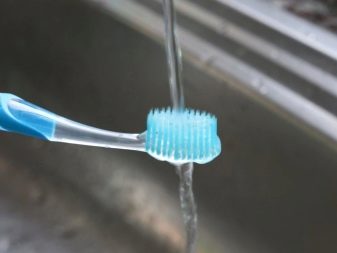
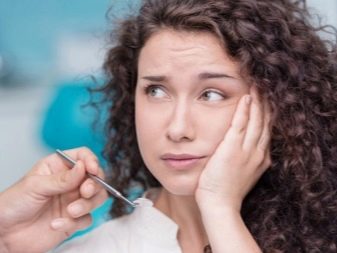
Storage features
Remember, you cannot store brushes in the bathroom! Everyone makes this mistake. The fact is that the humidity in the bathroom is always high, this serves as a favorable environment for the development of pathogenic microbes on all surfaces. If you have a combined bathroom, then all hygiene items should be stored as far away from the toilet as possible. Every time you drain the water, a large number of microbes enter the air, so it is advisable to keep the brush away. With the sink, the situation is similar: when washing hands, splashes fall on all surrounding objects. It is forbidden to store cleaning agents and bleaches near toothbrushes, because they contain a large number of hazardous chemical elements. Storage in the kitchen is also not recommended: it is better not to mix kitchen utensils, food and hygiene products.
Experts advise keeping toothbrushes within walking distance of the bathroom. The area should be dry and well ventilated. The brushes must be placed with the villi facing up, otherwise they will dry out for a long time. If for some reason you left your toothbrush on the sink, then the next time you brush your teeth it should be treated with antibacterial treatment, otherwise germs can become a serious threat to the oral cavity, especially if it has injuries. It is worth making sure that there are no flies and other insects in the place where the toothbrushes are stored. They are carriers of dangerous infections that can be transmitted to humans during brushing.
If you have a large family, then one more rule should be taken into account: each toothbrush should be stored in its own glass, which also needs to be disinfected periodically. Regardless of family ties, the oral cavity of each family member has an individual set of beneficial and harmful bacteria. Summing up the above, it is safe to say that there is a risk of infection even through the brushes of their close relatives. But it is better to refuse plastic caps. The villi must be ventilated and dry well - this way a large number of bacteria will be left without the opportunity for development. And the cap, on the other hand, creates a favorable environment for microbes. Travel and business trips are an exception.

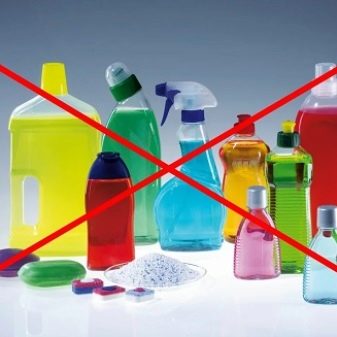
Electric brush
Today, electric brushes have gained particular popularity: more and more users are abandoning manual models. However, the rules for storing and caring for the irrigator are not very different:
- after brushing your teeth, the irrigator must be disconnected from the power supply;
- the nozzle with a nap must be removed and cleaned from the paste in warm water;
- shake off the bristles from water drops and wipe with a napkin;
- in order for the irrigator to dry faster, it is placed in a glass with the bristles up;
- every 3 months the nozzle must be replaced with a new one.
Many manufacturers include a few extra attachments as a bonus. In addition, you can buy new ones in stores, so finding replacement tips will not be difficult. Always keep a few AA batteries close at hand, because they always run out at the most inopportune moment.
Included with many models of brushes there is an instruction manual, which must be read before use. This will significantly increase the service life of the appliance.
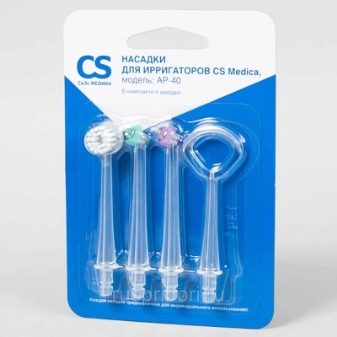
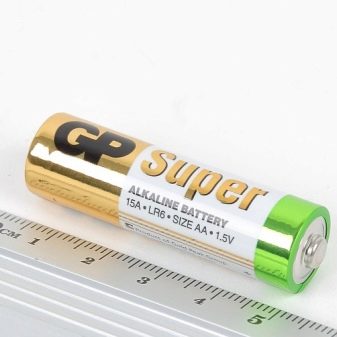
How to disinfect?
Today, there are many ways to disinfect personal hygiene items at home. Some of them do not require special financial costs, others can be quite expensive.All you need to know is that it is imperative to handle toothbrushes.
British scientists at the University of Manchester conducted a series of experiments and proved that about 100 million bacteria can be found on the bristles of a toothbrush of a healthy adult., the vast majority of which are staphylococci.
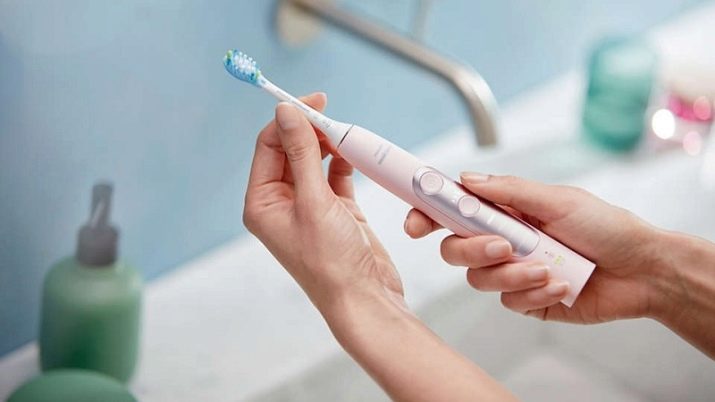
Basic ways
Consider the most popular methods for disinfecting toothbrushes
- Boiling. Of the advantages of this method, they note the simplicity and the absence of financial costs. For this, the hygiene item is placed in boiling water for 5 minutes. Such disinfection can be done once a week, and after each brushing of your teeth, simply rinse the brush with boiling water. However, this method cannot be used to disinfect electric brushes. Of the minuses, there is a rapid softening of the bristles, as a result of which the brush will have to be changed frequently.
- Steam or hot air. Steam is considered to be much more efficient than hot air. For disinfection by this method, you will have to purchase special disinfecting electrical appliances.
- Mouthwash. Thanks to the antiseptic in the mouthwash, the brushes can be kept in them at all times. However, it will be enough to place the bristles in the liquid for 15 minutes, then wipe with a napkin and dry.
- Cleaners. The modern market is full of special disinfectant covers, cases, tips. Dentists differ on this point.
- Ultraviolet. Today you can buy special ultraviolet toothbrush cleaners in stores, but if there is any other source of ultraviolet radiation in the house, then the purchase is not at all necessary. The pile is processed for 15 minutes.
- Unconventional ways. In addition to the above methods of disinfection, there are also "folk" methods. They also do a good job of cleaning and do not require the purchase of additional appliances. Every home has rubbing alcohol or hydrogen peroxide, which can also be used to treat hygiene items. In alcohol, the brush should be kept for 10 minutes, and in hydrogen peroxide - 20. So the brushes can be stored on a permanent basis, but the liquid should be changed every morning.
Many housewives disinfect brushes in a conventional microwave. Microwave radiation kills many germs and bacteria. Sterilize for no longer than 1 minute.
